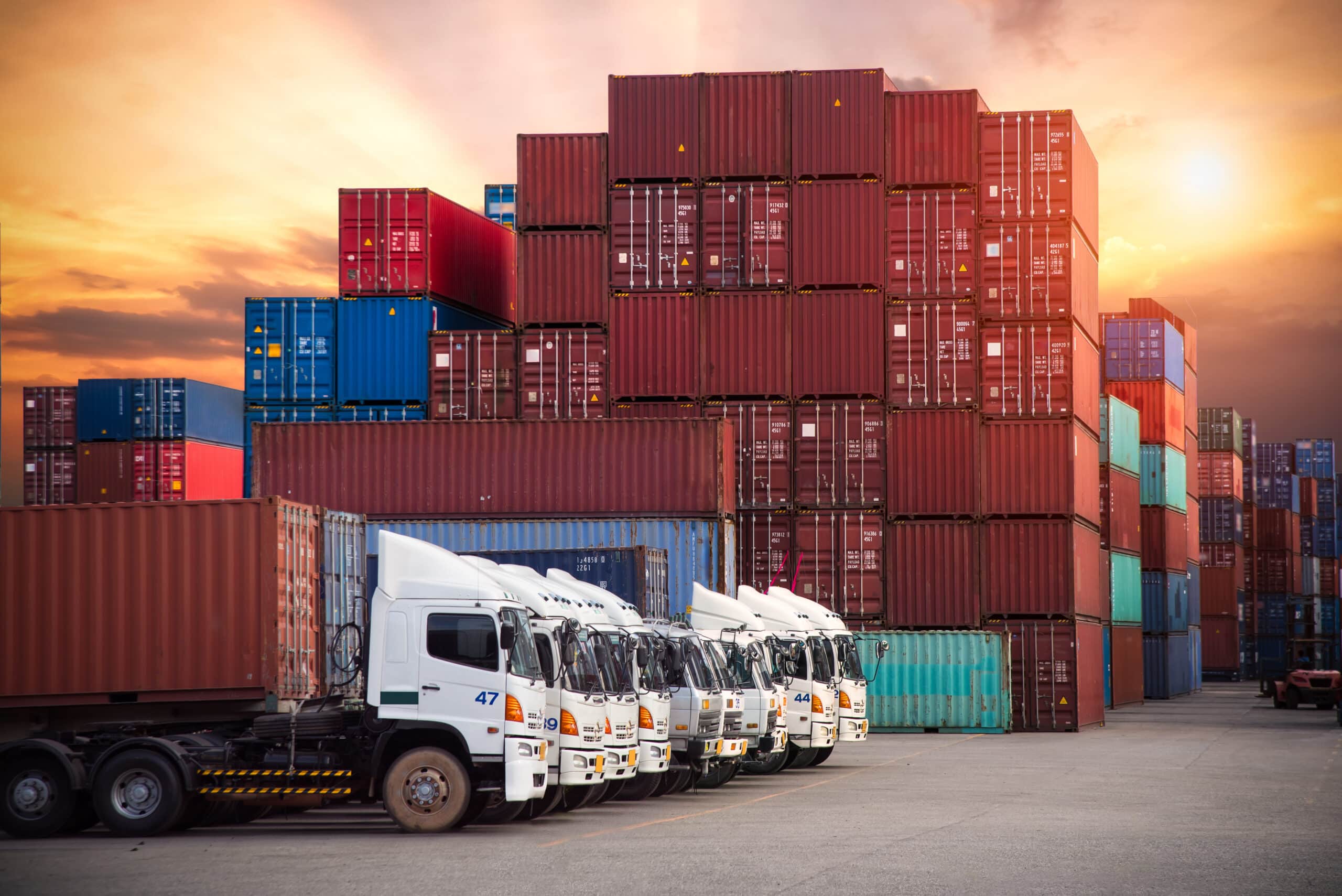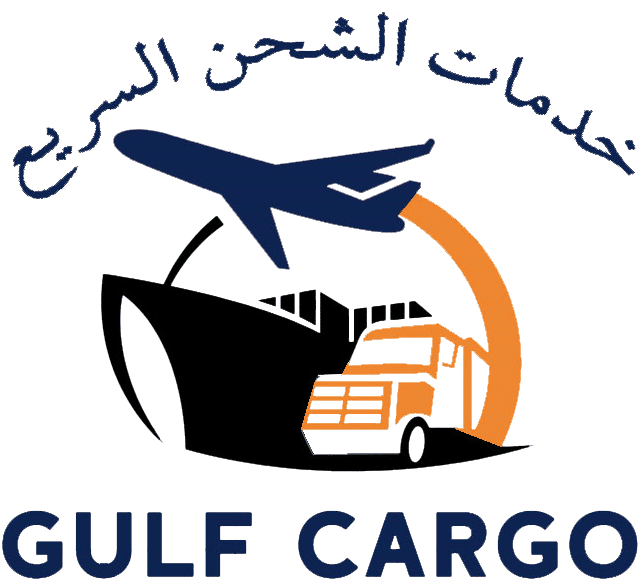
In today’s fast-moving logistics world, businesses need flexible and efficient shipping solutions. For many companies exporting from the United Arab Emirates (UAE) to GCC (Gulf Cooperation Council) countries, LCL (Less-than-Container Load) shipping offers the ideal balance of cost and convenience. Rather than paying for an entire container when your cargo doesn’t fill it, LCL lets you share container space with other shippers—paying only for the volume or weight your goods occupy.
Below, we dive into how LCL shipping from UAE to GCC works, its advantages and challenges, key operational steps, and tips to maximize value.
What Is LCL & Why It Matters for UAE → GCC Trade
LCL (Less-Than-Container Load) is a method of ocean freight in which multiple shippers’ goods are consolidated into one container. Each shipment contributes a portion of the full container capacity. At the import side, the container is “deconsolidated,” and individual shipments are separated and delivered to the respective consignees.
For businesses in UAE trading with GCC states (Saudi Arabia, Oman, Kuwait, Bahrain, Qatar), LCL is especially valuable when your shipment is too small to justify a full container. It avoids wasted space and high costs associated with booking full container loads (FCL) for small volumes.
By consolidating freight, logistics providers can optimize container usage and pass on cost savings to customers. Many UAE freight forwarders operate regular consolidation schedules into key GCC ports and road-rail links. threelineshipping.com+2lclshipping.ae+2
Benefits of Using LCL from UAE to GCC
1. Cost Efficiency
You pay only for the cube (CBM) or weight your cargo uses—no overhead of paying for empty container space. This is especially beneficial for small or irregular shipments.
2. Frequent Departures & Flexibility
Because forwarders consolidate many small shipments, there are often weekly or even more frequent sailings or cross-border road movements from UAE to GCC. This schedule flexibility helps reduce waiting times. threelineshipping.com+2lclshipping.ae+2
3. Lower Risk of Underutilized Space
Compared to booking a full container that isn’t filled, LCL maximizes efficiency and avoids wasted space cost.
4. Simplified Customs & Clearance (Shared Expertise)
Forwarders who handle LCL generally have experience dealing with GCC customs, documentation, and regulations. They can assist in preparing the required paperwork and ensure smooth clearance.
5. Scalability
As your trading volume grows, you can still use LCL until you reach a point where an FCL becomes more economical. You don’t have to commit to full-container shipments prematurely.
Challenges & Considerations
While LCL is very useful, it comes with a few caveats:
-
Longer Handling Time: Since consolidation and deconsolidation entail extra handling, transit times may be longer compared to direct FCL shipments.
-
Risk of Consolidation Delays: If one shipment in the consolidated load is delayed or held up (e.g. by customs), it could affect the entire container’s schedule.
-
Increased Handling Risk: More packing and unpacking steps mean more chances for damage—so good packing and labeling are essential.
-
Documentation Overheads: LCL requires careful documentation (commercial invoice, packing list, certificate of origin, etc.) and harmonization between UAE exporters and GCC import requirements.
Key Steps in LCL Shipping UAE → GCC
Here’s the typical process flow from origin to final delivery:
1. Pre-shipment Planning & Quotation
You share your cargo details: dimensions, weight, origin in UAE, destination in GCC, commodity type, value, etc. The freight forwarder or consolidator then issues a quote that includes consolidation, export documentation, sea leg (or road leg), import clearance, inland handling, and final delivery.
2. Cargo Pickup & Consolidation in UAE
Your goods are collected from your warehouse, factory, or warehouse in the UAE. The forwarder transports your cargo to a consolidation warehouse (often in Jebel Ali, Dubai, or nearby hubs). Here your cargo is packed, labeled, and consolidated with others destined for the same GCC or region.
3. Export Documentation & Clearance
Forwarder prepares required documentation—commercial invoice, packing list, certificate of origin, export permit, etc.—and obtains clearance from UAE customs.
4. Marine / Sea or Sea-Road Transit
If part of the route involves sea transit, the consolidated container is shipped to the GCC port. In many UAE → GCC trades, a combination of sea and road (sea-road or pure road) transport is used, depending on the country, route, and cost/time tradeoff.
5. Arrival at GCC Port / Border
At the destination port or border terminal, the container is unloaded, and deconsolidation begins. Individual shipments are identified, separated, and customs formalities for each shipment are handled.
6. Import Customs Clearance & Duties
Each consignee’s shipment undergoes customs inspection, duty/tax assessment, and document verification (commercial invoice, certificate of origin, licenses, etc.).
7. Final Delivery to Consignee
Once cleared, inland transport in the GCC country delivers your cargo to the consignee’s premises or warehouse.
Key Documentation & Compliance Matters
For LCL shipments between UAE and GCC, the typical required documents include:
-
Commercial Invoice
-
Packing List
-
Certificate of Origin
-
Bill of Lading or House Bill of Lading
-
Export Permit or License (if applicable)
-
Import Licenses / Permits (for GCC side)
-
Any special regulatory permits (e.g. for chemicals, food, electronics)
-
Certificates such as MSDS (Material Safety Data Sheet) for dangerous goods
Because GCC countries have customs union systems and free trade arrangements, certain goods may benefit from duty exemptions if they satisfy origin rules. Ensuring proper documentation and classification (HS codes) is critical to avoid delays, inspections, or penalties.
Tips to Maximize Value from LCL Shipments
-
Consolidate Smartly
Group shipments going to the same GCC country or region under the same forwarder so consolidation is optimized. Avoid mixing destinations that require very different routes. -
Pack & Label Carefully
Use sturdy, compact packing. Clearly label each box with consignee, item, quantity, and reference. Use pallets if possible, and ensure goods are secured against shifting during transit. -
Optimize Dimensions & Weight
Sometimes reducing wasted gaps or packaging overhead can reduce your CBM (cubic meter) chargeable volume. Use efficient packing design. -
Ensure Complete & Accurate Documents
Any mistakes in invoice, origin, or classification cause customs delays. Work closely with your forwarder to get documents right from the start. -
Choose Reputable Forwarders with GCC Experience
Forwarders with strong regional networks can troubleshoot documentation, customs, and routing issues faster. Check their track record with GCC imports. -
Ask for Transparent Cost Breakdowns
Rather than a flat “door-to-door” number, ask your forwarder to break out each cost: consolidation, export clearance, sea transit, import handling, delivery. This helps you understand where costs lie and negotiate better. -
Track & Stay Informed
A good forwarder offers real-time tracking or milestone updates. That way, you know if your shipment is stuck anywhere in consolidation or transit.
Real-World Use Cases
-
E-commerce & Retail Imports
Retailers bringing in seasonal clothing, accessories, small electronics, or samples from global suppliers can use LCL to avoid the high cost of booking full containers. -
Small Manufacturers & OEMs
If your factory in UAE or nearby imports parts or exports components to GCC markets, LCL helps manage small volumes intermittently but reliably. -
Startups & SMEs
When growth is volatile and you can’t commit to full container shipments, LCL gives flexibility without locking in high overhead costs. -
Supplement to FCL Usage
Even if you mostly ship via FCL, LCL offers a fallback option for odd-sized, leftover, or small repeat shipments.
Choosing Between LCL and FCL for UAE → GCC
While LCL often works better for small or irregular shipments, FCL has advantages when your cargo volume is high. Here’s a quick comparison:
| Feature | LCL | FCL |
|---|---|---|
| Cost per unit when volume low | Lower (share container) | Very high (pay for full container even if half empty) |
| Speed (less handling) | Slower (consolidation/deconsolidation) | Faster (direct) |
| Risk of delays from others | Higher (dependent on other shipments) | Lower (you control the container) |
| Simplicity of operations | More steps, more coordination | More straightforward |
| Suitability for scaling up | Good until you reach large volume | Best for consistent large volume |
When your regular shipments approach filling a container, it’s often beneficial to switch to FCL—but until then, LCL allows you to grow gradually without unnecessary expense.

